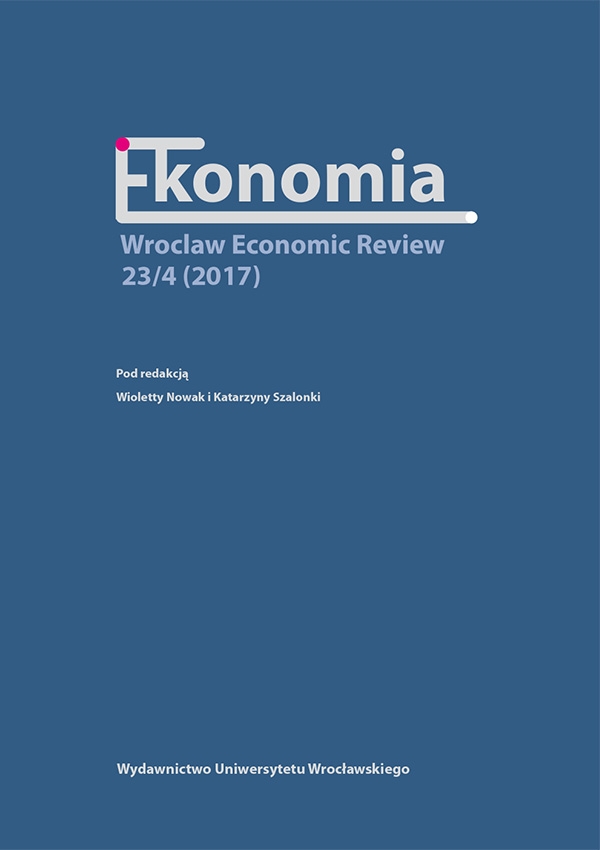

Artykuły

Legionella sp. contamination in hot water systems in hotels in the Świętokrzyskie
Voivodship
Introduction: In the European Union countries there were detected 6933 cases of legionellosis Legionnaires’ disease in 2014. The disease is caused by Legionella sp. bacteria, which are responsible for Legionella sp. pneumonia infection and common in both natural and artificial water environments. If there is proper temperature and nutrients, the bacteria multiply rapidly in artificial environments hot water systems, central air conditioning systems, and medical devices, posing a risk to human health.
Aims: This study was conducted to quantify the frequency of contamination with Legionella sp. of hot water systems in some hotels in the Świętokrzyskie Voivodeship.
Materials and methods: 228 buildings 103 hotels and 125 other types of lodging were investigated in the years 2009–2015, 1414 samples were collected which were later analyzed by membrane filtration technique in the laboratories of the State Sanitary Inspection in the Świętokrzyskie Voivodeship, conforming to the methods of PN-ISO 11731-2:2008.
Results: Legionella sp. was detected in 30.3% of the hot water systems investigated. The problem of bacteria colonization was more frequent in the hotel buildings 41.2% that in other types of lodging 20.8%. In 34 hotels and 20 other buildings the level of contamination was medium Legionella sp. 100–1000 CFU/100 ml sample, and in 9 hotel and 6 other buildings the contamination was high Legionella sp. 1000–10000 CFU/100 ml sample. In general out of 1414 collected samples, medium and high contamination with Legionella sp. was detected in 272 samples 19.2%.
Conclusions: The results obtained in the study confirm an overall presence of Legionella sp. in hot water systems of hotels and other lodgings in the Świętokrzyskie Voivodeship. Having analyzed the data from the years 2009–2015, there may be observed a slight decline in the frequency of contamination in the recent years. Nonetheless, it is alarming that despite a periodic control system at some of the locations, the level of contamination is still signifi cant.